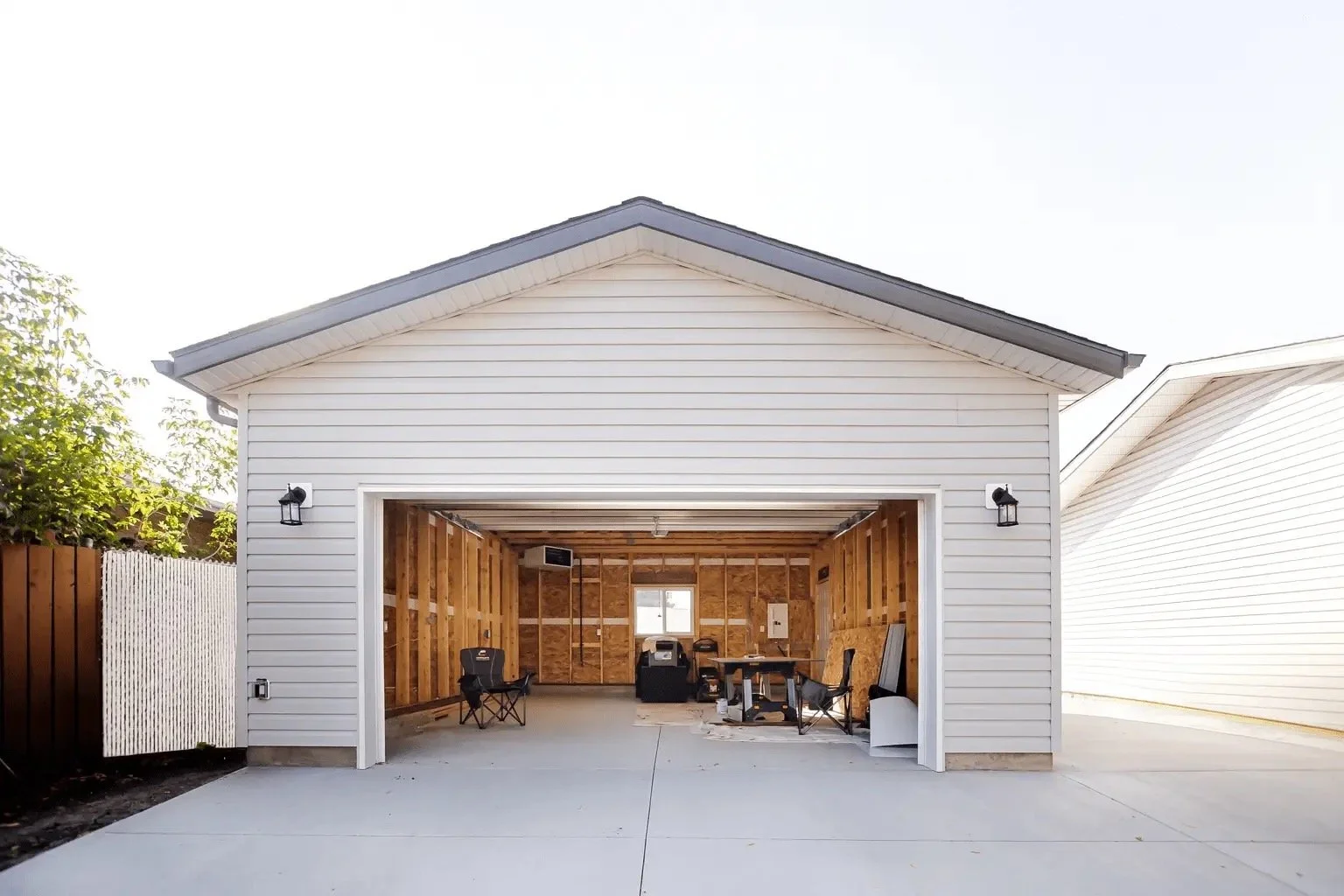How to Choose the Perfect Color Palette for a Cozy, Inviting Home
Choosing the right color palette for your home is crucial in creating an atmosphere that’s both inviting and reflective of your personal style. If you're contemplating a fresh look for your interiors, it might be worth consulting a professional painter in winter park to bring your vision to life. Here’s a simple guide to help you select the perfect colors to make your home feel cozy and welcoming.
Understand Color Psychology
Colors profoundly influence our moods and perceptions, making color psychology a crucial consideration in home decor. Soothing colors like blues and greens are perfect for creating a calming atmosphere in bedrooms and bathrooms, promoting relaxation and tranquility. Conversely, warm tones such as reds, oranges, and yellows inject energy into a space and are excellent choices for social areas like living rooms and kitchens, where they encourage conversation and activity. Soft pastels can offer a gentle, uplifting vibe, while deeper shades like burgundy or navy convey sophistication and depth, suitable for a study or home office.
Consider the Natural Light
Natural light plays a pivotal role in how colors appear in your home and should be a key factor in your color selection process. North-facing rooms often receive less direct sunlight, resulting in cooler, shadowed spaces where warm and bright colors can offset the dimness and add warmth. In contrast, rooms with southern exposure receive abundant light, making them ideal for cooler hues, such as blues and greens, which will appear more vibrant under natural light. East and west-facing rooms have varying light throughout the day and can play nicely with both warm and cool tones depending on their primary use time.
Start with a Neutral Base
Neutrals provide a flexible foundation for any room, allowing you to layer colors and textures without overwhelming the space. Shades like beige, gray, and white are not only timeless but they also offer a way to unify the varied elements within a room. Starting with a neutral base lets you experiment more freely with bold accent colors in your furniture, artwork, and textiles, enabling these pieces to stand out without clashing with the background.
Use the 60-30-10 Rule
This classic decorating rule helps create a balanced and visually appealing space. Apply 60% of a dominant color to your room's walls, 30% to secondary elements like furniture or drapes, and use 10% for accent colors found in decorative pillows, throws, or artworks. This distribution ensures that colors are balanced harmoniously across your space, providing a structured but flexible framework to guide your decorating decisions.
Test Your Colors
Testing paint colors is essential to ensure you’re happy with how they look in different lighting conditions and times of the day. Purchase small samples of paint to apply in large swatches on different walls in the room you plan to paint. Observe these samples over several days to see how they look in morning light, afternoon light, and under artificial lighting at night. This practice helps avoid surprises and ensures you are satisfied with your color choice in real living conditions.
Create Flow Between Rooms
Creating a cohesive color flow throughout your home can make it feel more unified and harmonious. When choosing colors for adjacent rooms, think about how they will view from one space to another. Using complementary colors or different shades within the same family can help create a smooth transition from room to room, enhancing the overall connectivity of your home.
Add Personal Touches
Personalization is key in making your house feel like a home. Choose colors that resonate with your personality and evoke the right mood in each room. Whether it's a vibrant accent wall in the living room, a serene pastel bedroom, or rich, dark tones in your study, these choices should reflect your style and make your space welcoming and uniquely yours.
Consider the Exterior Care of Your Home
While the interior colors are important, the exterior of your home should not be neglected. Proper maintenance of your home's exterior, including regular painting and timely repairs, not only enhances curb appeal but also protects your investment from weather-related damages. When selecting colors for the exterior, consider how they complement the interior palette and the overall architectural style. A well-maintained and cohesively styled exterior increases your home's aesthetic appeal and can also boost its market value.
By following these simple steps, you can select the perfect color palette that makes your home both cozy and visually appealing. Remember, the best palette is one that resonates with the people who live in it, making your home a true sanctuary.






